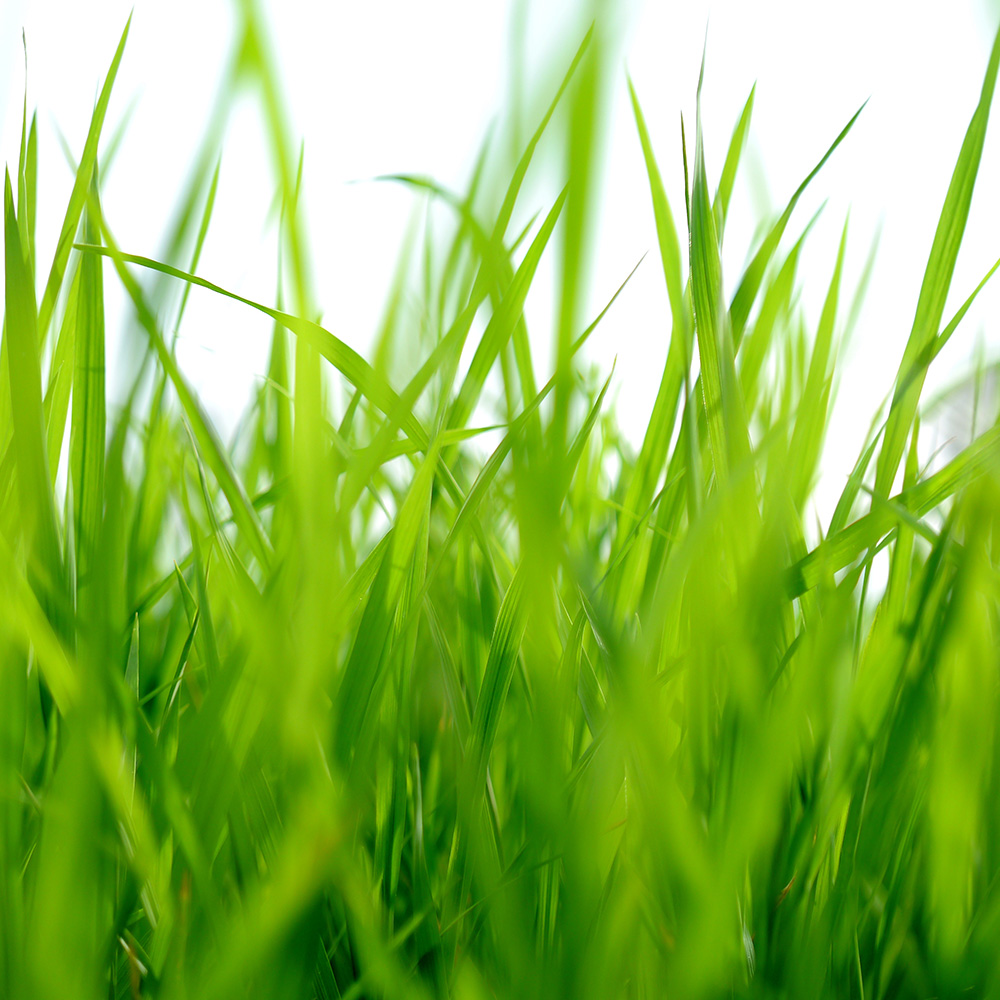
What happens if you’re unable to breathe? We all know the answer to that question. But here’s the thing: Your lawn, and the soil underneath need to breathe, too!
Over time, a loose layer of dead and living organic matter builds up between the soil and your grass. It’s called thatch, and it’s mostly composed of plant parts that don’t quickly decompose, like roots, stem nodes, and other fibers.
Depending upon the amount present, thatch can either benefit or harm your lawn. A thin layer can protect against extreme temperatures and dehydration. But if your lawn has more than about an inch of thatch, it can cause problems and essentially “suffocate” the grass. Your grass can begin to die, leaving unsightly “dead” patches, and prompting you to perform more labor in the yard.
Lawn aeration can solve these problems, by breaking up the thatch and helping your lawn breathe. As with anything else, it is easier to take regular preventive measures than to fix more extensive problems.
For milder cases, “spiking” can be effective. With “spiking,” we essentially just poke holes in the soil at intervals. However, more serious cases of thicker thatch will require core aeration. This method actually pulls two- to three-inch plugs (or cores) of soil out of the ground. These cores are pulled out at intervals of about three inches, breaking up the thatch and allowing water and fertilizer to reach the roots of your grass.
Either form of aeration can be performed in the spring and fall, with heavily trafficked areas requiring more frequent aeration.
Some homeowners choose to perform spiking themselves, and that might work well if your thatch problem is thin and your lawn has not yet been damaged. Those with thicker (¾ of an inch, or more) thatch, and suffocating lawns, need specialized equipment to perform core aeration. This process is better performed by a professional, who already has the equipment to perform the job correctly. Experience and expertise can prevent damage to your lawn.
Often, it is also a good idea to seed the lawn during aeration. We will be happy to evaluate your lawn’s health for you and offer recommendations for aeration and seeding as needed.



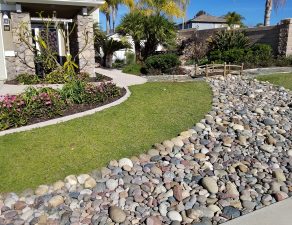
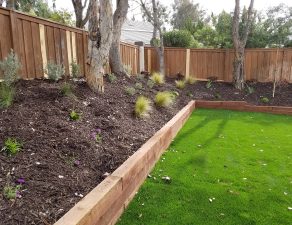
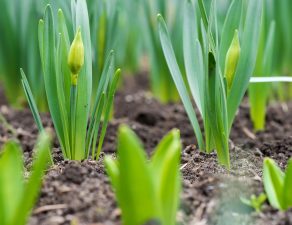

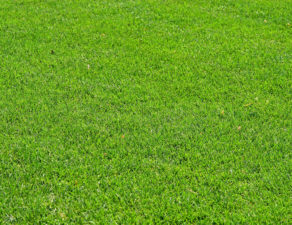
Write a comment: